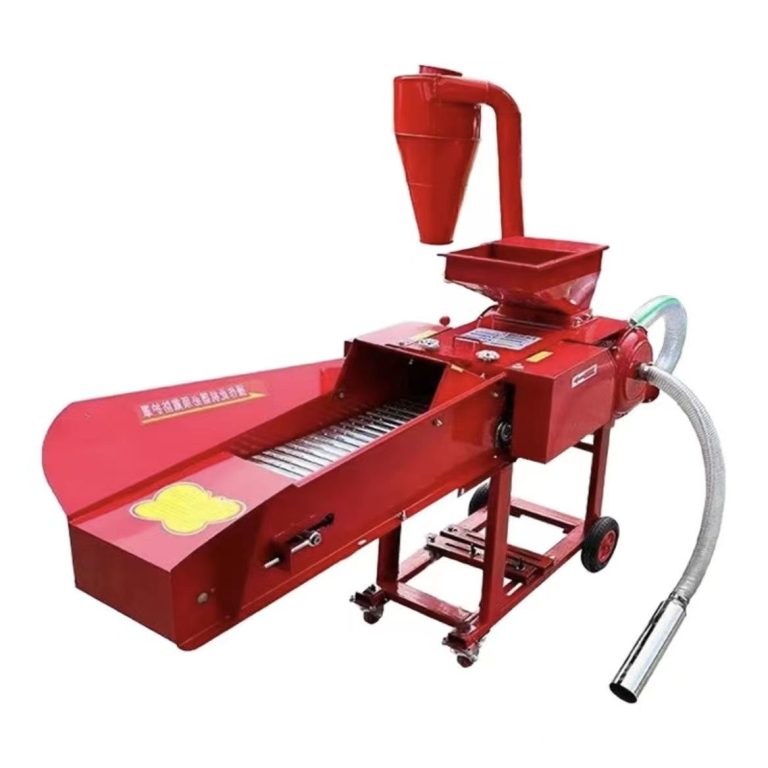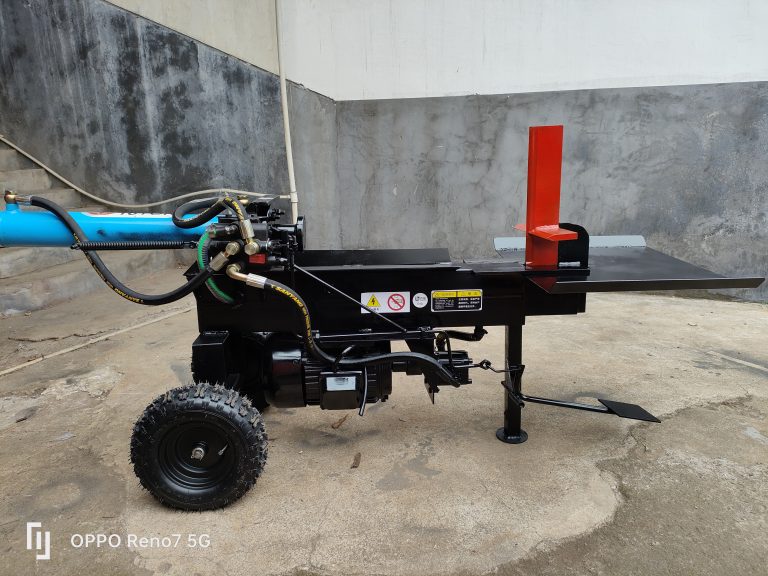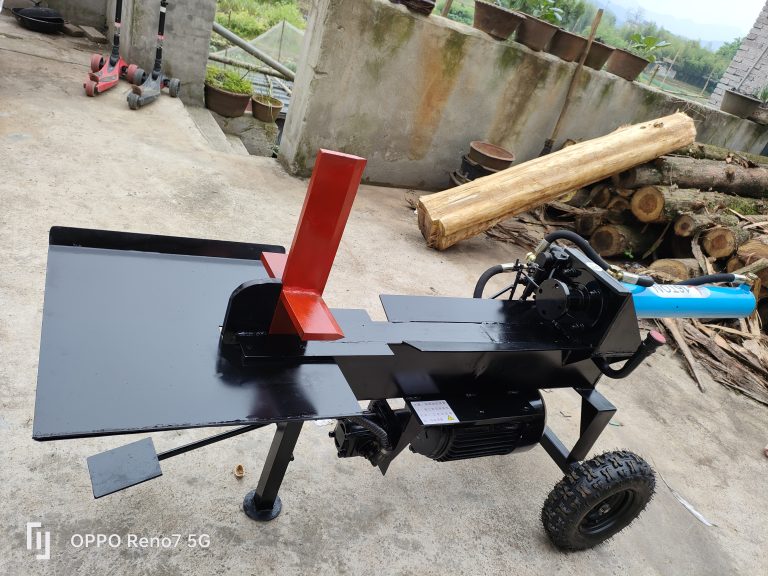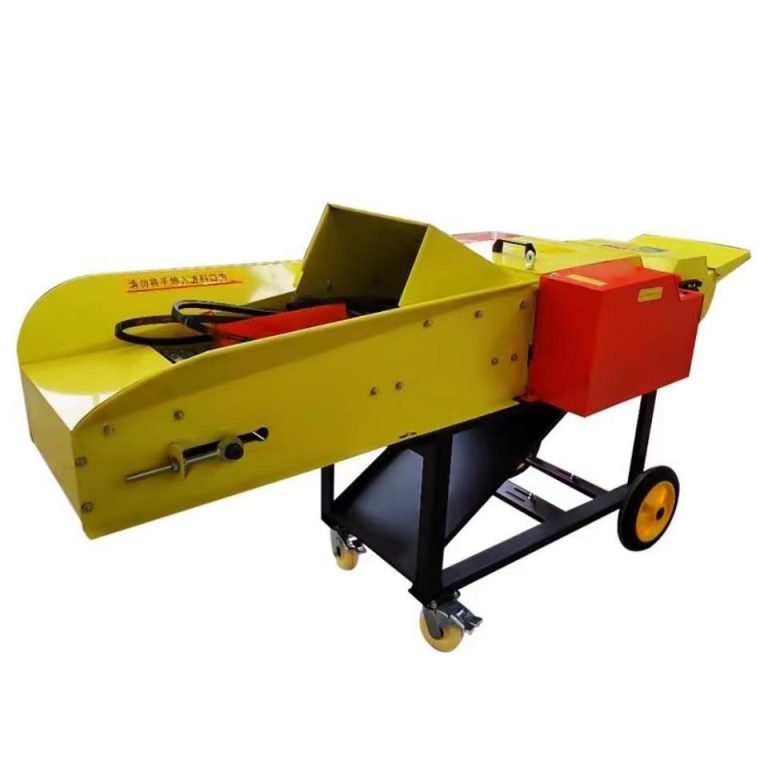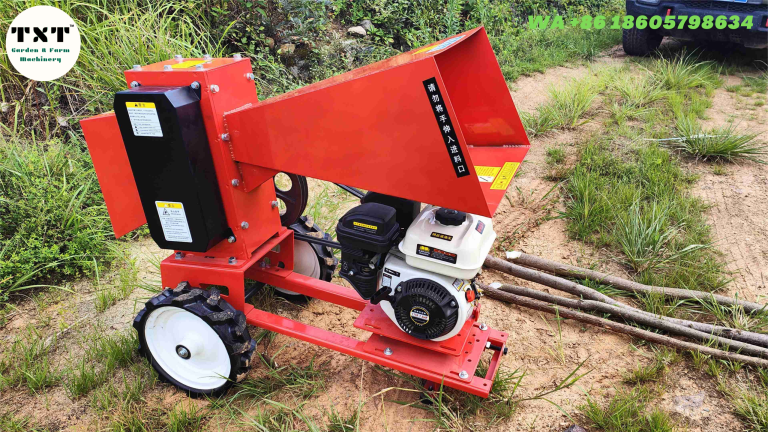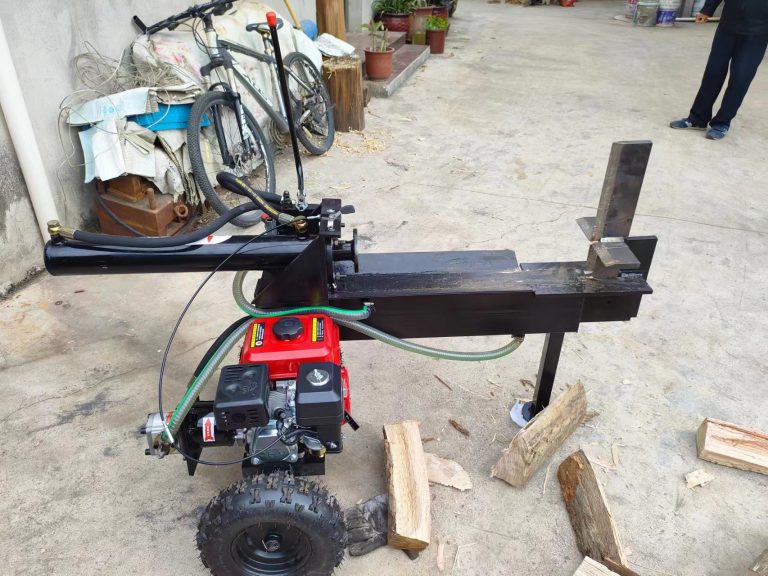Table of Contents
Best Log Splitting Tools for Efficient Firewood Processing
When it comes to processing firewood, having the right tools can make all the difference. One essential tool for splitting logs is a log splitting tool. These tools come in a variety of styles and sizes, each designed to make the task of splitting logs easier and more efficient. In this article, we will explore some of the best log splitting tools on the market, so you can choose the one that best suits your needs.
One popular option for splitting logs is a traditional axe. Axes are versatile tools that can be used for a variety of tasks, including splitting logs. However, using an axe can be physically demanding and time-consuming, especially when splitting large logs. For those looking for a more efficient option, a log splitter may be a better choice.
Log splitters come in both manual and hydraulic models. Manual log splitters are operated by hand and are typically more affordable than hydraulic models. While manual log splitters require more physical effort to operate, they are still a great option for those who only need to split logs occasionally. Hydraulic log splitters, on the other hand, are powered by a hydraulic pump and are much easier to use. These tools can split logs quickly and efficiently, making them a popular choice for those who need to process a large amount of firewood.
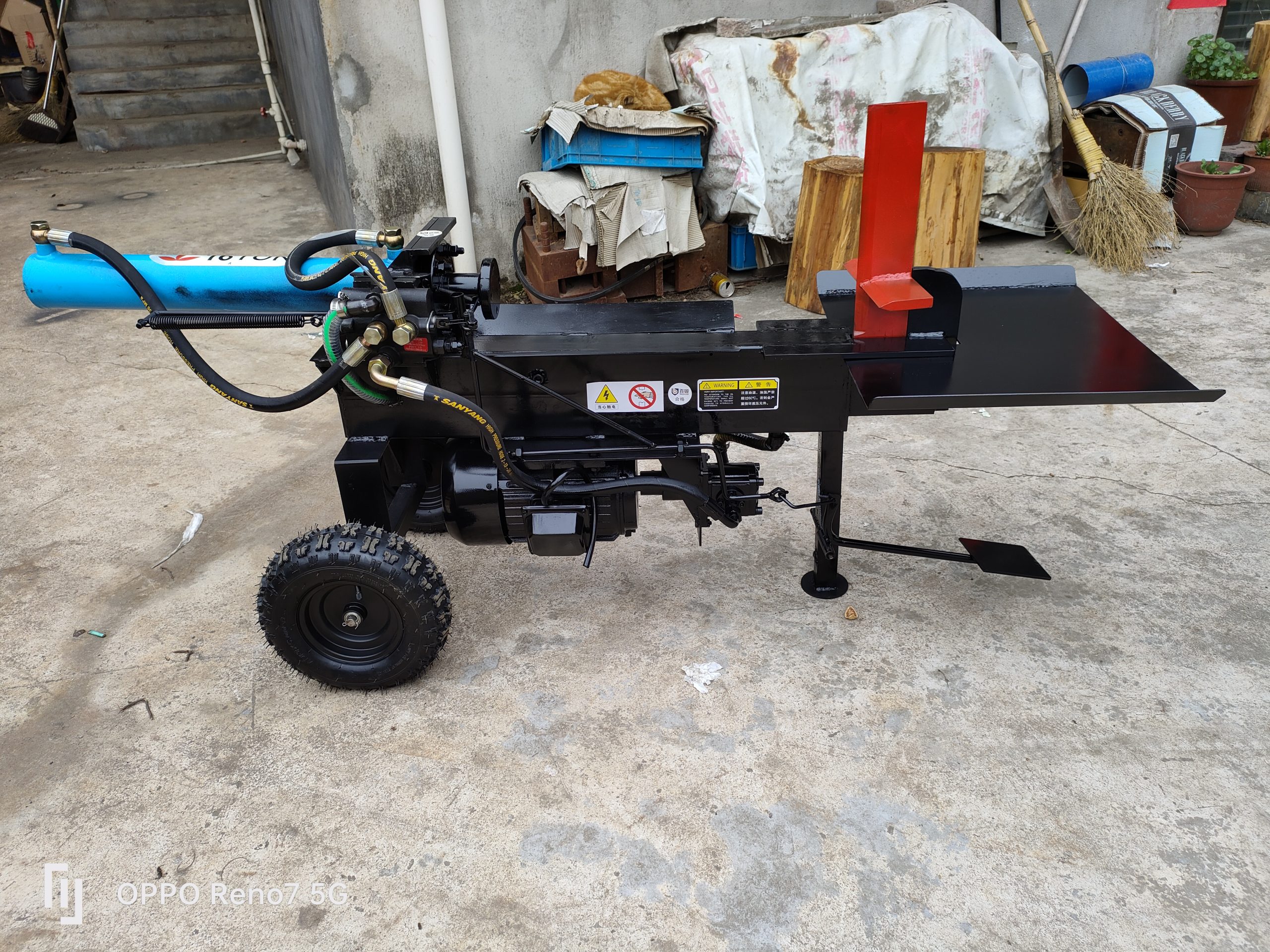
Another option for splitting logs is a log splitting maul. Mauls are similar to axes but have a heavier head, making them more effective at splitting logs. Mauls are a great option for those who prefer the feel of a traditional tool but want something more powerful than a standard axe. However, like axes, using a maul can be physically demanding, so it may not be the best option for those with limited strength or mobility.
For those looking for a more modern solution, electric log splitters are a great option. These tools are powered by electricity and can split logs quickly and efficiently. Electric log splitters are easy to use and require minimal physical effort, making them a great choice for those who want to make the task of splitting logs as easy as possible. However, electric log splitters are typically more expensive than manual or hydraulic models, so they may not be the best option for those on a tight budget.
| Applicable Industries | Farms |
| Type | Wood splitter |
| Power Type | Gasoline |
| Splitting Force | 2tons |
| Maximumn trunk length: | 60cm |
| Maximmn trunk Dia: | 35-55cm |
| Max. Output: | 7.5HP/15HP |
In conclusion, there are many options available when it comes to choosing a log splitting tool. Whether you prefer the traditional feel of an axe or maul, or the efficiency of a hydraulic or electric log splitter, there is a tool out there to suit your needs. Consider factors such as your budget, the amount of firewood you need to process, and your physical abilities when choosing a log splitting tool. With the right tool in hand, splitting logs can be a quick and easy task, allowing you to enjoy a warm fire all winter long.
How to Choose the Right Log Splitting Tool for Your Needs
When it comes to splitting logs for firewood, having the right tool can make all the difference. Whether you are a seasoned professional or a beginner looking to tackle some DIY projects, choosing the right log splitting tool is essential for efficiency and safety. With a wide range of options available on the market, it can be overwhelming to decide which tool is best suited for your needs. In this article, we will discuss the different types of log splitting tools and provide some tips on how to choose the right one for your specific requirements.
One of the most common log splitting tools is the traditional axe. Axes are versatile and can be used for a variety of tasks, including chopping wood and splitting logs. However, using an axe requires a certain level of skill and strength, as it can be physically demanding and potentially dangerous if not used correctly. If you are comfortable with using an axe and have experience in splitting logs, this may be a suitable option for you.
For those looking for a more efficient and less labor-intensive option, a log splitter may be the way to go. Log splitters come in various sizes and styles, from manual hand-operated models to gas-powered hydraulic machines. Manual log splitters are ideal for smaller jobs and are relatively easy to use, requiring minimal physical effort. Gas-powered log splitters, on the other hand, are more powerful and can handle larger logs with ease. They are perfect for heavy-duty tasks and are a popular choice among professionals and homeowners with extensive wood-splitting needs.
Another option to consider is a splitting maul, which is a heavy-duty tool designed specifically for splitting logs. Splitting mauls have a thick, wedge-shaped head that is ideal for driving through tough, knotty wood. They are heavier than axes and require more force to use, but they are highly effective for splitting larger logs. If you have a lot of dense hardwood to split, a splitting maul may be the best tool for the job.
| Applicable Industries | Farms, Home Use, Retail, Construction works , Forestry and Garden |
| Type | Wood splitter |
| Power Type | Gasoline/Petrol/Diesel/E-power |
| Splitting Force | 2tons/5tons/10tons/16tons/22tons |
| Maximumn trunk length: | 60cm |
| Maximmn trunk Dia: | 35-55cm |
| Max. Output: | 7.5HP/15HP |
In addition to considering the type of tool, it is also important to think about safety features and ease of use. Look for log splitters with safety guards and automatic shut-off mechanisms to prevent accidents. Make sure the tool is comfortable to handle and maneuver, especially if you will be using it for extended periods of time. Reading reviews and seeking recommendations from professionals or experienced users can also help you make an informed decision.
In conclusion, choosing the right log splitting tool is essential for efficiency, safety, and overall satisfaction with your wood-splitting tasks. Consider the size and type of wood you will be splitting, your physical capabilities, and the level of experience you have with log splitting tools. Whether you opt for a traditional axe, a manual log splitter, a gas-powered log splitter, or a splitting maul, selecting the right tool will make your wood-splitting endeavors more manageable and enjoyable.

